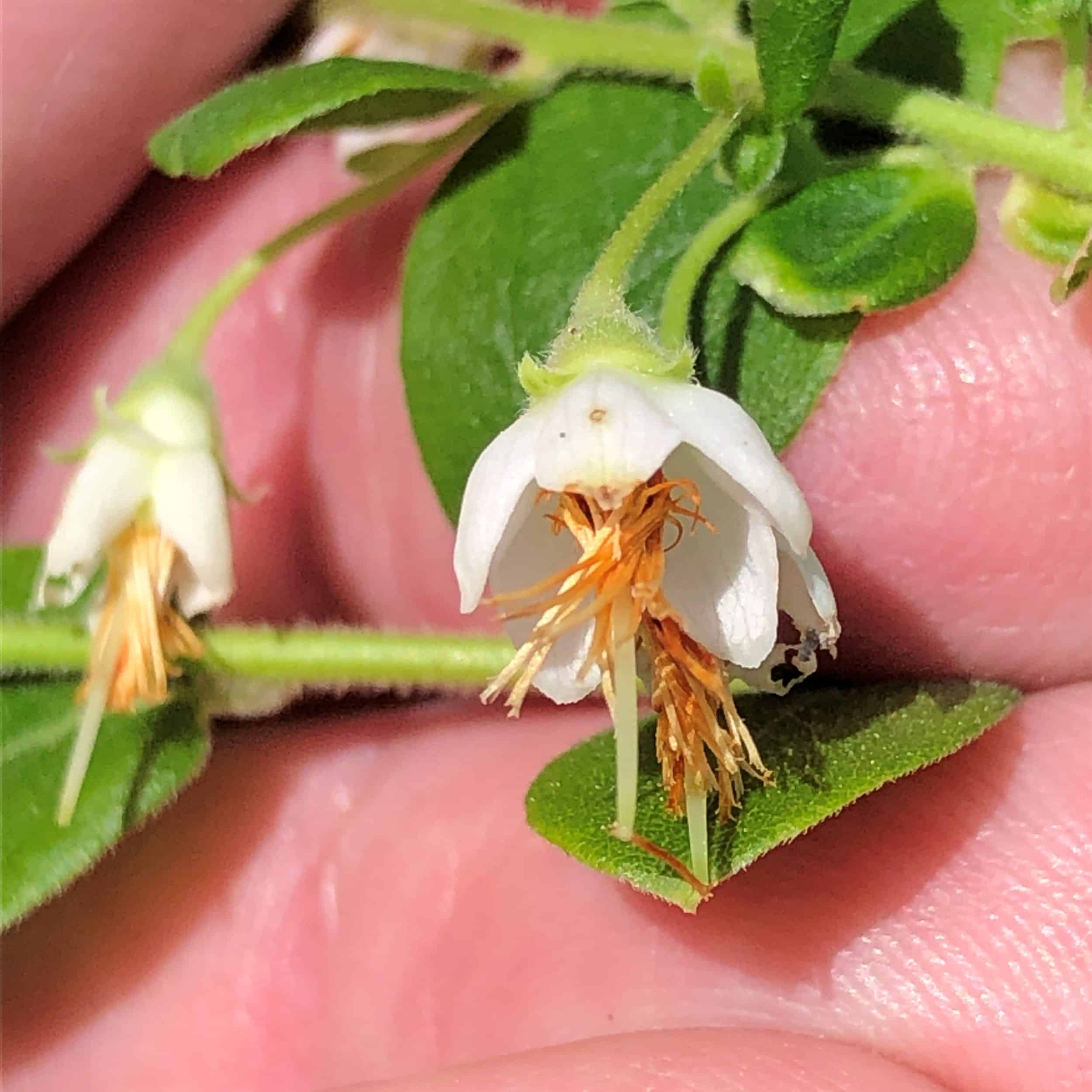Blueberries are a favorite fruit for so many of us, especially when in season and available from local orchards and markets. As with many common fruits, we are most familiar with the varieties that produce large berries. And like with most things, bigger is better, right?
But what if I told you that the sweetest blueberries around are some of the smallest and cannot be found in stores? And, my favorite blueberry is one of at least seven species found in coastal Mississippi, some growing in or near your backyard. Coastal blueberry species come in a variety of sizes and shapes and produce berries throughout the year.
As for the blueberries we pick from orchards or plants in our yards, they are cultivars of another species (Highbush Blueberry) that naturally grow further north and produce bigger berries. Our native blueberries are naturally adapted to our low pH, sandy loam soils, and typically have smaller berries. But size is not necessarily better.
The Fontainebleau Nature Trail near Ocean Springs is a great place to find all seven of our native species that follow a sequence of blooming beginning in January. Here is the lineup. Mayberryor Elliott’s Blueberry is a modest-sized shrub (4-6 ft) that blooms in late January. Flowers precede the leaves on the green, 2nd-year wood of these plants, with ¼ inch size berries ripening by May. This is my favorite blueberry and the most common in a variety of habitats, including neighborhoods.
Right on the heels of Mayberry is one of the smallest blueberry species. Shiny Blueberry is found in open Pine Forests and looks like a miniature Mayberry. I call them “bonsai blueberries”, each plant being no taller than 12 inches, with shiny evergreen leaves and tiny flowers and fruit. They are sweet, but not worth the effort to collect. Deerberry is also found in these forests and blooms in late March-early April. They grow to about 4-6 feet high and have an atypical blueberry flower, with petals that are only partially fused and stamens (male flower parts) that extend well past the petals. Fruit ripens in June and are slightly larger than Mayberry, but just as sweet.

Late spring brings on the blooming of three other small or dwarf blueberries of our Pine Forest and Wet Pine Savannas. Dwarf Dangleberry grows to be about 12 inches tall, with distinctive white to blue-tinted leaves and berries. Dwarf Huckleberry is shorter and grows in large patches, connected through underground rhizomes. Wooly Huckleberry grows much the same way, distinguished by very “hairy” stems, flowers, and berries, and typically grows in wetter soils. All are quite sweet!
The last of our blueberries is the largest species, Sparkleberry or Tree Huckleberry. This woody species can grow to a height of 10-15 feet, often with multiple stems. Flowers appear in June-July with fruit ripening in late fall. Fall Huckleberry is another name for this species and its berries are best used in pies and jams – as they can have a mealy texture. Not quite as sweet to me, but nothing to pass up.
So, if you are into experimenting with wild fruit, you have quite a choice of wild blueberries to choose from. If you want to learn what they look like, the monthly guided tour of the Fontainebleau Nature Trail is a good opportunity – the first Saturday of every month from 9:00 – 11:00 am. And there is so much more than blueberries to learn about.
Hope to see you in our great outdoors!